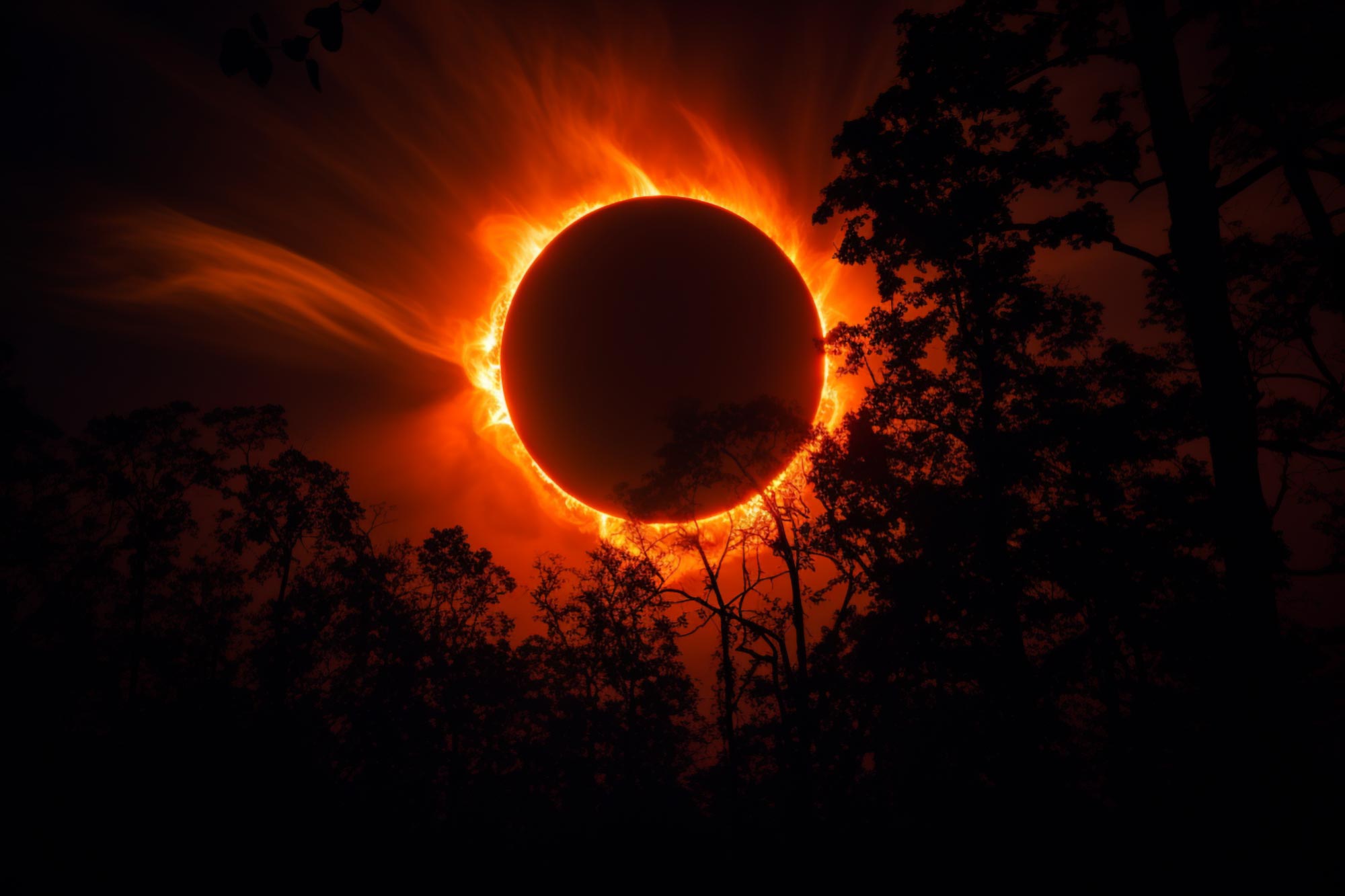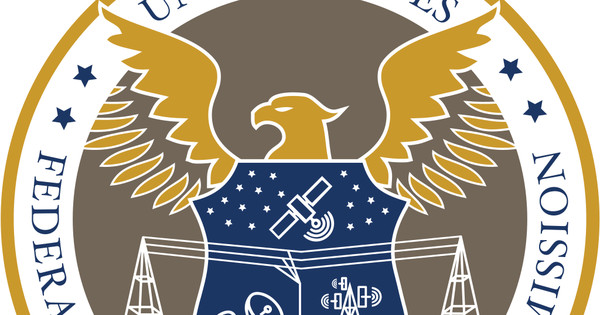October 2023 offers a celestial treat with a notable “ring of fire” solar eclipse, captivating alignments of planets, and NASA’s launch of the Psyche mission to investigate a unique asteroid.
What are some skywatching highlights in October 2023?
A “ring of fire” solar eclipse across the Americas on October 14 is this month’s top highlight! Plus the Moon, Jupiter, Saturn, and Venus strike some lovely poses for stargazers and planet watchers to enjoy.
What to Look For:
A partial solar eclipse! Viewers within a narrow swath across the Americas will delight at a “ring of fire” eclipse of the Sun on October 14, while the Moon and planets strike some dazzling poses in the October sky.
September skywatching highlights:
- October 2 – The Moon rises a couple of hours after sunset, appearing super close to the Pleiades star cluster. Look for them low in the east after around 10pm, then they travel across the sky together all night.
- October 3 – In the predawn sky, the Moon appears a couple of finger widths apart from the Pleiades. Look for them high in the southwest, flanked by Jupiter and the bright, red giant star Aldebaran in Taurus
- October 10 – On October 10th, look for Venus in the east before sunrise, accompanied by a slim crescent Moon. In between them, spot the bright heart of Leo the lion, bluish-white star Regulus.
- October 14 – Annular eclipse of the Sun – Along a path about 125 miles wide, the Sun will appear as a narrow ring of light, often called a “ring of fire.”
- The path of this partial eclipse sweeps across the Americas, beginning in Southern Canada and crossing the Western U.S., before moving across Central and South America.
- Outside the annular eclipse path, those within the viewing zone will still see a partial eclipse.
- The maximum amount of the Sun that will be covered by the Moon depends on your location.
- October 14 – New moon
- October 23 – Look toward the south an hour or two after sunset to find the Moon, about 70% illuminated, hanging just beneath the planet Saturn. Their close proximity in the sky will make for some easy telescope viewing of these two skywatching favorites.
- October 24 – Find the Moon hanging just to the east of the planet Saturn tonight.
- October 28 – Full moon – The full moon rises together with planet Jupiter tonight. These are two of the brightest objects in the sky, and seeing them so close should make for quite an impressive sight.

Sky chart showing The Moon appearing very close to the Pleiades star cluster on the night of October 2. Credit: NASA
Video Transcript
What’s Up for October? Some great Moon-and-planet pairings, a mission to a metal-rich world, and a partial eclipse of the Sun.
On October 2nd, the Moon rises a couple of hours after sunset, appearing super close to the Pleiades star cluster. Look for them low in the east after around 10pm. They travel across the sky together that night, leaving another opportunity to see them the following morning. In the predawn sky on October 3rd, the Moon appears a couple of finger widths apart from the Pleiades, having moved a bit in its orbit around Earth during the night. Look for them high in the southwest, flanked by Jupiter and the bright, red giant star Aldebaran in Taurus.
On October 10th, look for Venus in the east before sunrise, accompanied by a slim crescent Moon. And in between them, the bright heart of Leo the lion, bluiush-white star Regulus.
On October 23rd, look toward the south an hour or two after sunset to find the Moon, about 70% illuminated, hanging just beneath the planet Saturn. Their close proximity in the sky will make for some easy telescope viewing of these two skywatching favorites. The following evening, the Moon will still be nearby, having moved to the east of Saturn.

Sky chart showing the Moon hanging beneath Saturn in the night sky on October 23. Credit: NASA
The full moon on October 28th rises together with planet Jupiter. These are two of the brightest objects in the sky, and seeing them so close should make for quite an impressive sight.
When you gaze up at Venus, Mars, Mercury (or even down at Earth beneath your feet), do you ever wonder how these planets formed out of stardust? That’s how planetary scientists think, too. And this month, NASA’s launching a spacecraft to seek new insights into how the “terrestrial” planets developed. NASA’s Psyche spacecraft is planned to launch in October on its multi-year journey to an asteroid of the same name. It’s the first mission to a metal-rich asteroid, which could be part of the interior of a planetesimal – a building block of a rocky planet.
Asteroid Psyche could also turn out to be a different kind of iron-rich object that’s not been seen before. Whatever its story turns out to be, it’s hoped the mission might show us how Earth’s core and the cores of the other terrestrial planets came to be.
On October 14th, skywatchers in the Americas will have an opportunity to see a special type of solar eclipse called an annular eclipse. Along a path about 125 miles wide, the Sun will appear as a narrow ring of light, which is often called a “ring of fire.” This narrow circle shape is also known as an annulus, giving this type of eclipse its name.

A map of the U.S. showing the path of the annular solar eclipse on October 14, 2023. Inside the path of annularity, the Sun appears as a narrow ring of light at the peak of the eclipse. Outside the path of annularity, observers will see a partial eclipse. The maximum amount of the Sun that will be covered by the Moon depends on observing location. Lines on the map indicate the percentage of the Sun eclipsed by the Moon at the eclipse peak. Credit: NASA/JPL-Caltech
Solar eclipses happen when the Moon comes between Earth and the Sun, and covers at least part of the Sun in the sky. When the Moon covers the Sun completely, we get to observe a total eclipse. But sometimes the Moon is a bit farther away in its orbit when an eclipse happens, making it look a little smaller in the sky, and just a bit too small to completely cover the Sun. When that happens, it enables us to see an annular eclipse.
The path of this partial eclipse sweeps across the Americas, beginning in Southern Canada and crossing the Western U.S., before moving across Central and South America. Outside the annular eclipse path, those within the viewing zone will still see a partial eclipse. The maximum amount of the Sun that will be covered by the Moon depends on your location.
Now, eclipse fans won’t have to wait long for more excitement. Next April, a total solar eclipse will sweep across the U.S. Check out NASA’s eclipse resources online for info about both eclipses, where they’ll be visible, and tips for safe viewing.
Here are the phases of the Moon for October.

The phases of the Moon for October 2023. Credit: NASA/JPL-Caltech

Daisy Hips is a science communicator who brings the wonders of the natural world to readers. Her articles explore breakthroughs in various scientific disciplines, from space exploration to environmental conservation. Daisy is also an advocate for science education and enjoys stargazing in her spare time.








